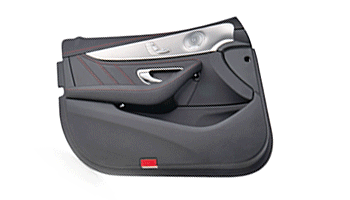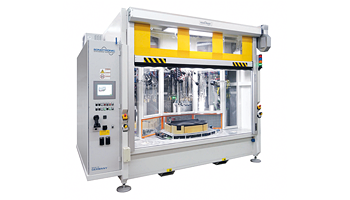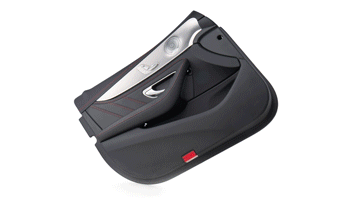SONOTRONIC GmbH
Becker-Goering-Str. 17-25
76307 Karlsbad, Germany
E-Mail: sales@sonotronic.de
Mon to Thu 8 am – 5 pm
Friday 8 am – 3 pm
Phone:
Infrared
Non-contact thermal process for machining plastics
This technology is used when the material properties are not ideal for ultrasonic processing. The compact infrared units from SONOTRONIC work with focused, short-wave infrared radiation. This not only generates the radiation quickly, but also succeeds in penetrating deep into the material at a targeted distance from the component and uniformly heating and plasticizing the rivet dome all the way to the bottom. After heating the rivet dome, the rivet cap is homogeneously formed by the die. The result is riveted joints that do not recover and have very high strength. The process has also been optimized to ensure that virtually no smoke develops during riveting.
What is infrared radiation?
IR radiation reaches the required temperature without start-up time much faster than hot air or a hot plate. This is associated with the greatly reduced ambient heat. The blank holder and rivet calotte are thus exposed to less thermal stress.
When is infrared used?
Thermoplastics are bonded together using pressure and heat. They must be in a plastic state when joined. This state is mainly brought about by heat contact or friction-generating processes. As a new and still young process, infrared technology is used industrially as a gentle process because it is contactless.
Which plastics can be processed with infrared?
Thermoplastics are the only plastics that can be welded. Thermoplastics are plastics that can be formed within a certain temperature range. This is achieved by heating to the molten state. In addition, the deformation can be repeated any number of times (reversibly) by cooling and reheating. Thermoplastics are mainly used for injection molded parts and extruded parts.
What are typical parts for infrared technology?
- Glove box cover
- Door panel
- Luggage net
- Deco trim


